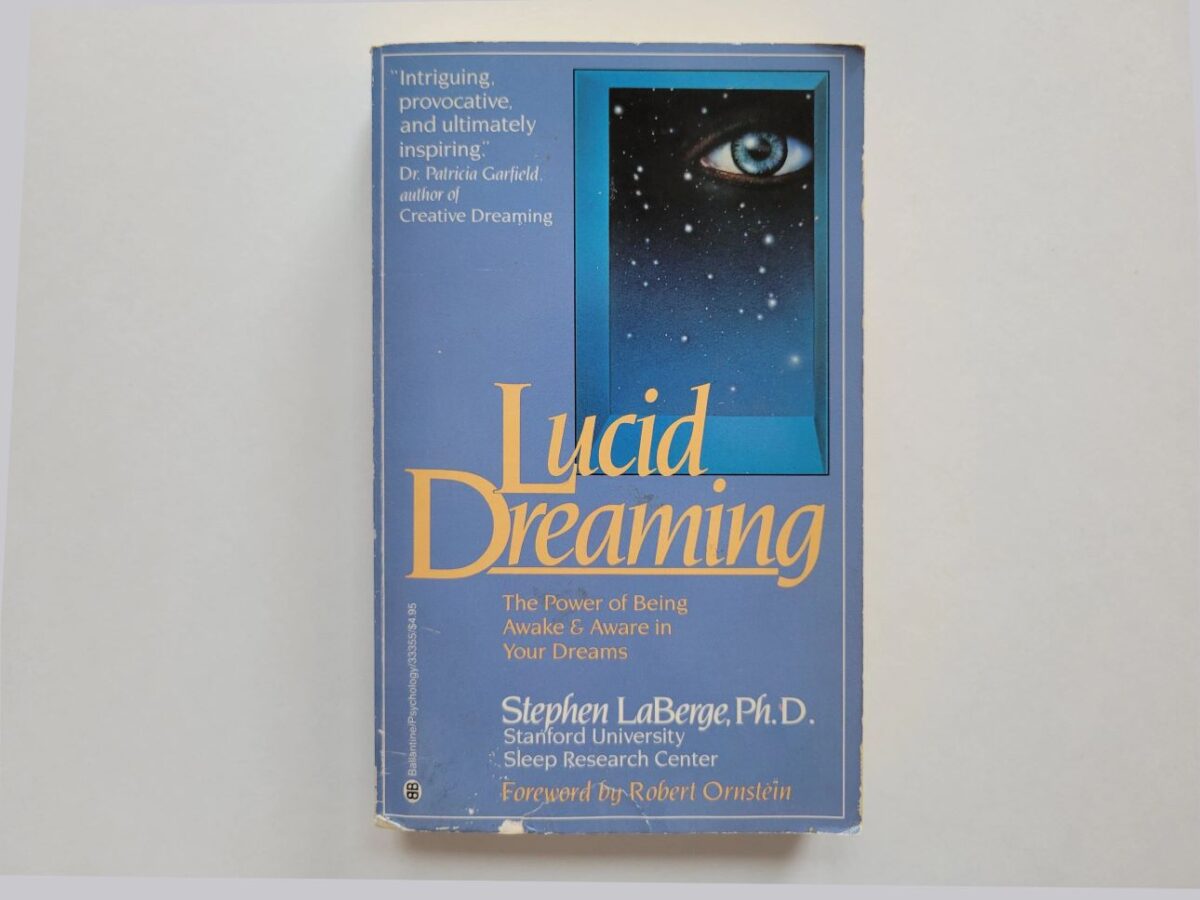I was dreaming that I was pulling white kittens out of every corner of my home… Then, I realized that it wasn’t possible that I had so many animals at home – I was dreaming! I realized that I could do anything that I wanted, and that’s when I appeared in the kitchen (lack of deepening; lack of a plan of action). I saw my father: he was drinking coffee as he normally does at that time before work. I surveyed the kitchen. It wasn’t 100% realistic, as I didn’t know about the deepening techniques back then. I got the desire to fly up to the ceiling, and was immediately able to! I was now in the attic. I shot up again and was soon in the sky. I flew up higher and caught an air current. I started relaxing since I was enjoying myself (lack of maintaining, loss of activeness), and everything cut off.
Success Rate 5
Regular lessons are the most effective instructional format, audience turnover notwithstanding. Meanwhile, audience turnover diminishes with time as only the most motivated and truly interested remain. The rest might leave the group before they even obtain good results.
On account of the more substantial premises-rental costs involved, this training format may offer less profitability. In order to stay in the black, it’s best to hold lessons no more often than once a week. It’s best to collect payment for a month upfront, regardless of whether or not the student will attend all the classes. To do otherwise risks increasing the rate of student turnover.
For example, with monthly tuition at 10% the local average monthly income and a group of at least twenty regular students, your gross earnings will be about twice that of the average man and equal to or less than it after taxes and other expenses are factored in. On the other hand, that’s not that bad for a 4-day work week and the fact that it might be extra income from the same audience that was already at other training sessions with different formats. Meanwhile, no one’s stopping you from enrolling not only 20, but even 30 or more people per group.
Typical Instructional Difficulties
Becoming conscious while dreaming and out-of-body travel will remain separate phenomena in the minds of a substantial portion of the audience, and will remain so no matter what you say or what evidence to the contrary you produce. According to the theory of phase states, they are falling for an illusion. However, it’s debatable whether or not it’s worth it to confront people who do so. So as not to ruin your success rate or offend the beliefs of part of the audience, people with such views should be asked to return to their bodies and separate from them after becoming conscious while dreaming. They will then experience exactly what they wanted, i.e. “out-of-body travel”.
The main problem with teaching becoming conscious while dreaming is the lack of actions to be performed immediately before phase entry with this method. For that reason, it’s extremely difficult to find mistakes in one’s own actions, let alone to control the skill of becoming conscious while dreaming. This primarily results in a complete lack of control over how long it takes to master these techniques. While a person making an attempt with the direct or indirect methods will get an instant result (be it positive or negative), a person might perform the technique of becoming conscious while dreaming every day with results nowhere in sight. Moreover, spontaneously becoming conscious while dreaming will nevertheless occur as a side effect of other techniques. This is yet another reason that dream consciousness is covered quite rarely and only in some instructional formats. There simply isn’t enough time for the topic, especially when people need instant results.
out-of-body experience entry method of becoming conscious while dreaming dominated up until about the first decade of the third millennium, which is why it is still popular with many practitioners. However, it is gradually taking a back seat to the easier and quicker indirect method, which, on top of everything else, causes spontaneous dream consciousness as a side effect.
Types of Clubs
There are thousands of personal-development groups and clubs out there that have already been formed and are ready to be taught. Here you need only gain access to the leadership of such clubs, get them interested, and offer your services. Existing clubs will usually come in the following forms:
– study groups
– groups based on a common interest
– databases of contact information from various festivals and seminars
– databases of contact information from service providers or those selling products
– lists of e-mail addresses
– a list of online social-network group and community members
What brings these people together? It could be anything related to personal development, from positive thinking to esoterica. For example, it might be yoga courses, specialized websites that send out mailings on how to “find yourself”, sorcery & ESP workshops, alternative medicine festivals, etc. Basically, these are all fields that go hand-in-hand with out-of-body travel and lucid dreaming. It is easy to get the leadership of such groups or the owners of such contact-information databases to work with you if you motivate them with a nice bit of money or a percentage of the profits. They are often satisfied with free admission to your seminars in lieu of payment.
As soon as you’ve reached a deal, you’ll either be presented with a database of potential pupils for your own use, or a group of pupils put together for you by a club that you’ve found common ground with. The lessons may take on any form or be of any duration.
This method for finding an audience requires no financial investment as long as you don’t take out paid announcements regarding your search for club leaders interested in working together or buy a database of contact information. You need only invest your time and energy.
Typical Student Questions
– Should I return to my body and separate back out of it after becoming conscious while dreaming?
All things considered, there’s no point in doing so, as at that moment as you’re already in out-of-body experience. However, some people do so anyway in order to intensify their sensations. In this case, there is the risk that separation will be unsuccessful.
– How long does it usually take to become conscious in a dream for the first time, and how long does it take to master this skill?
It depends on how well a person understands the techniques, how long and how deeply he normally sleeps, and his own personal traits. Some are able to just become conscious while dreaming on the very first day and phase on in the same way. Some need several months until their first experience, and years until they have regular ones. Some are unable to do it at all.
– It seems to me that becoming conscious while dreaming isn’t what I want. What I wanted was out-of-body travel. Can dream consciousness turn into out-of-body travel?
In the context of out-of-body experience, they’re one and the same. If you believe otherwise, it’s your right to do so. Turning dream consciousness into out-of-body travel is easy: It’s enough to recall your physical body from inside the dream, return to that body, and then employ a separation technique to get the sensation of separation and find yourself out-of-body in your bedroom.
– Do I need to perform deepening upon becoming conscious while dreaming?
Becoming conscious while dreaming is no different from any other phase-entrance method, and therefore all out-of-body experience-control techniques are used with it.
– Can I try techniques for becoming conscious while dreaming if I have yet to try out the direct and indirect techniques?
Doing so is most likely to be a complete waste of time and energy. Dream consciousness arises as a side effect of affirmed desire to employ the direct or indirect method.
– What am I to do if I become conscious while dreaming but am then returned to my body?
Follow the procedure for the indirect techniques as if you had just woken up, i.e. try to separate, and if unsuccessful, alternate indirect techniques over the course of a minute.
-After seeing my consciousness anchor in a dream (my hands), I asked myself, “Is this a dream?” However, my answer to myself was, “No, this isn’t a dream,” and I kept on sleeping. What should I do in such situations?
When you encounter a consciousness anchor, you should attentively try to evaluate the situation instead of doing things “for the sake of appearances”. To increase your odds of success, you might perform a reality check on your surroundings (e.g. hyperconcentration) after asking yourself if you are dreaming.









